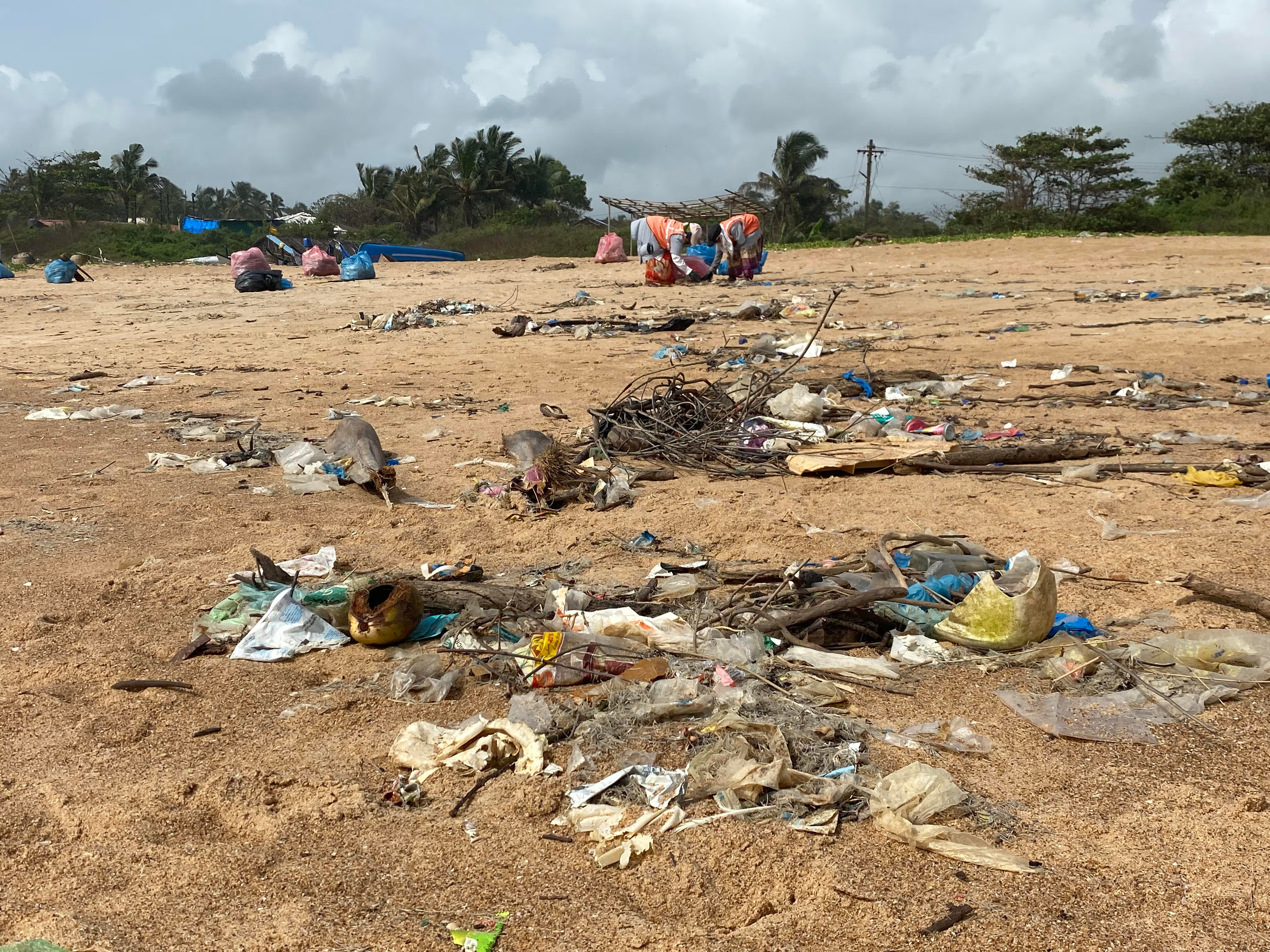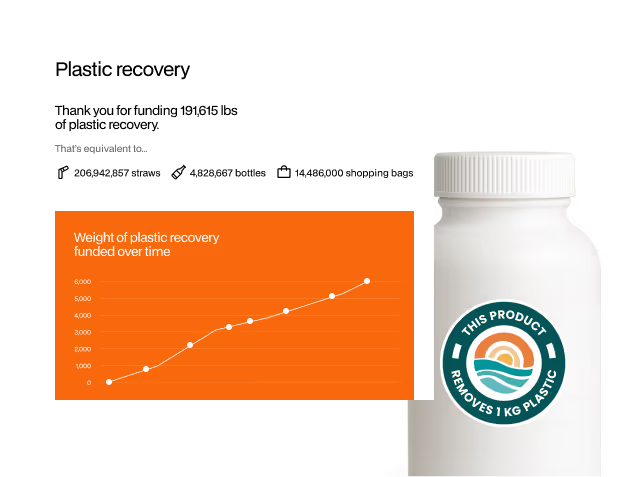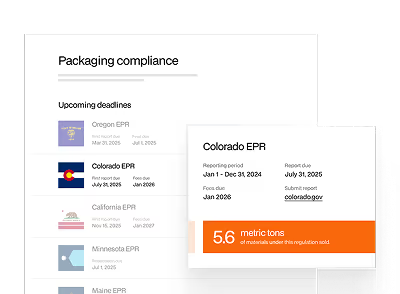We want to help our readers avoid “aspirational recycling” and instead engage in effective recycling. We have put together a quick 3-step guide to recycling well and not just recycle.
Nowadays, recycling is commonplace nearly everywhere. From recycling cans on street corners to recycling bins in schools and office buildings, to household recycling, there are many options to skip the landfill and recycle instead. “Aspirational recycling” has been a commonly used term to describe recycling habits in the US. Many of us dutifully throw our paper, plastic, aluminum, and glass products into any recycling bin we see. But the chance that all of these products make it to a recycling facility, and then pass the stringent standards necessary to be processed for recycling, are slim. These barriers can include a lack of markets for certain recyclables or contamination levels of recycled waste. So, what are the steps that you can take to make sure the plastic you’re using gets recycled?
Step 1: Know your plastics
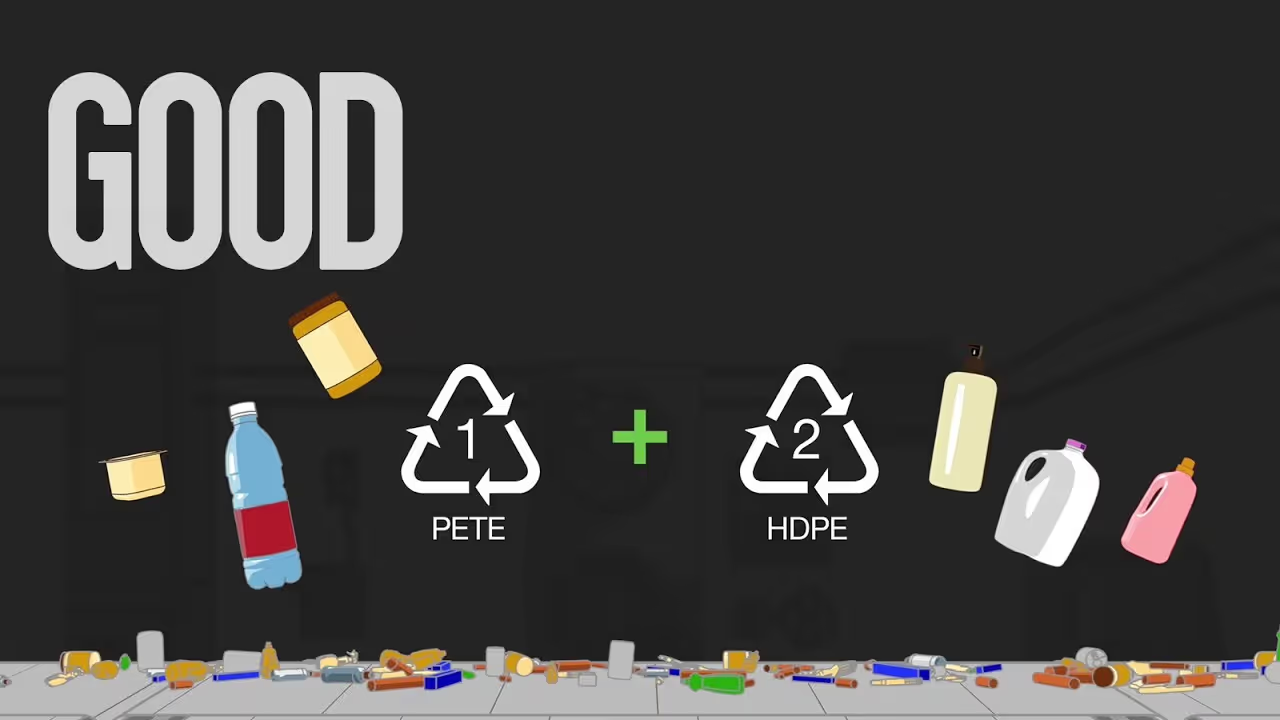
The first step in our 3-step guide to recycling well is to know what kind of plastics can and cannot be recycled. Many common plastic and paper products thought to be recyclable are in fact non-recyclable. Recycling facilities have a hard time processing and profitably recycling certain plastic, paper, aluminum, or glass products. Polyethylene is a form of plastic that is difficult to recycle.
It is commonly found in the lining of takeout coffee cups. In addition to their polyethylene linings, disposable coffee cups pose another problem to recycling. Black plastics used in coffee cup lids, as well as takeout food containers, lack a market in which they can be resold. While these items seem like they can be recycled, you should throw them in the trash instead.
China recently implemented a national ban to heavily restrict the inflow of recycling waste from foreign countries. As a result, certain types of plastic products that were once recyclable are currently no longer fit for the recycling bin. According to Waste Dive, as a part of China’s new policy, they will no longer accept recycled products with contamination levels exceeding 0.05%. There are many different types of plastics used in plastic packaging. They are classified under a numerical system with 7 categories. Municipal recycling programs have responded to China’s new ban and have stopped recycling plastics numbered 3 through 7. These plastics typically have high levels of contamination.
For example, plastic yogurt containers, which fall under these categories of plastics, are no longer recycled. This is due to consumers often failing to properly wash them out before disposing of them. Most plastic products include symbols on their packaging that indicate their plastic type categorization. A guide to these symbols can be found here.
Step 2: Is my recyclable clean enough?

The next part of our 3-step guide to recycling in determining whether or not your recyclable is clean enough. Granted, in our everyday lives, it is nearly impossible for us to scientifically determine how clean our used takeout containers really are. But far too often, people are wishfully recycling greasy pizza boxes or takeout containers lined with food scraps. When recyclables such as these are too contaminated, they end up going straight to the incinerator or landfill. Even worse, they can occasionally contaminate an entire batch of clean recycled waste. This forces recycling facilities to divert loads of otherwise clean recyclables to the landfill. When deciding whether to recycle paper food containers like pizza boxes, if it looks saturated with oil your best bet is to throw it away. The same can be said for plastic take-out containers covered in leftovers. Unless you take care to wash out your containers (without wasting too much water), these plastics should go in the trash as well.
Step 3: Do not recycle your plastic shopping bags
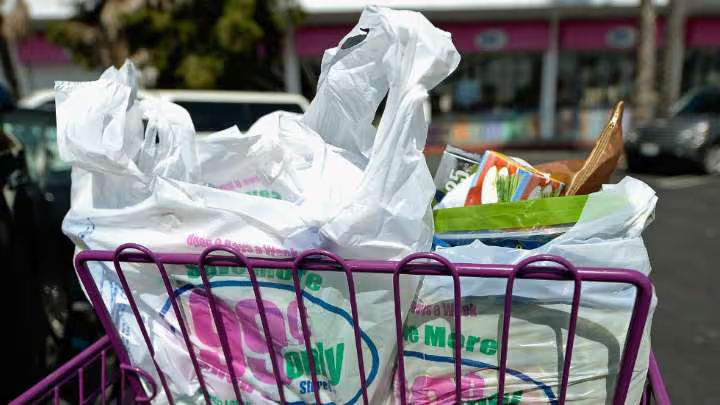
The final step in our 3-step guide to recycling is to stop throwing your plastic shopping bags in with other household recyclables. According to Business Insider, plastic bags frequently clog the machines in recycling facilities. They can also get easily mixed in with other kinds of recyclables, including glass and aluminum products. Because of their lightness and shape, plastic bags frequently get picked up by the wind and fly out of curbside bins or recycling trucks. They end up in streams and rivers, making their way to the ocean where they can dissolve into microplastic pieces. Microplastics pose a major threat to marine wildlife and even humans when we consume crustaceans and fish. Check your local grocery store chain to see if they have implemented programs to collect and recycle plastic shopping bags. Under these programs, plastic bags are sorted and recycled separately instead of being mixed in with other recyclables. This small step will greatly reduce the amount of plastic and microplastics in the oceans and save your local recycling facility a major headache.
A Start, But Not a Solution
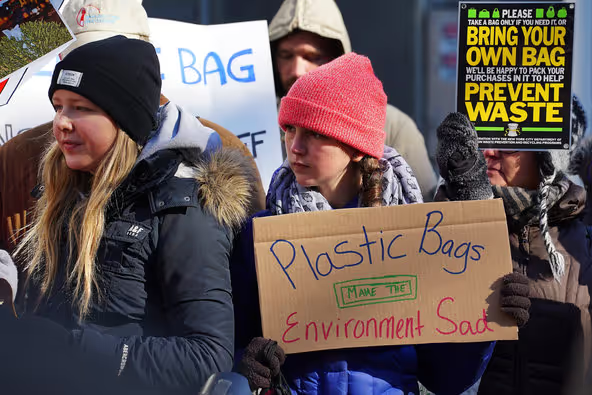
This 3-step guide to recycling can help us create a more sustainable society. However, we must also recognize the larger issues that face the recycling industry and recycling practices everywhere. Even with our best efforts to recycle well, today, most of our recyclables end up in landfills, rivers, and oceans, or are sent to the incinerator. One solution to the greater problem with recycling lies in our willingness to expand our capacity to recycle domestically.
Alternatively, recycling firms could find a new market in which to send recyclables. Due to the implementation of new policies banning or severely restricting the import of foreign recycling waste, we can no longer count on India or China to take in our recycling waste. As citizens dedicated to creating a more sustainable world, it is up to us to try our best to be conscientious and purposeful when we recycle. Keep these tips in mind the next time you make a trip to the grocery store or order takeout for dinner.
Help sponsor a vetted recycling initiative to remove as much plastic as you use by going Plastic Neutral with us. Every step counts, make sure you take yours today.

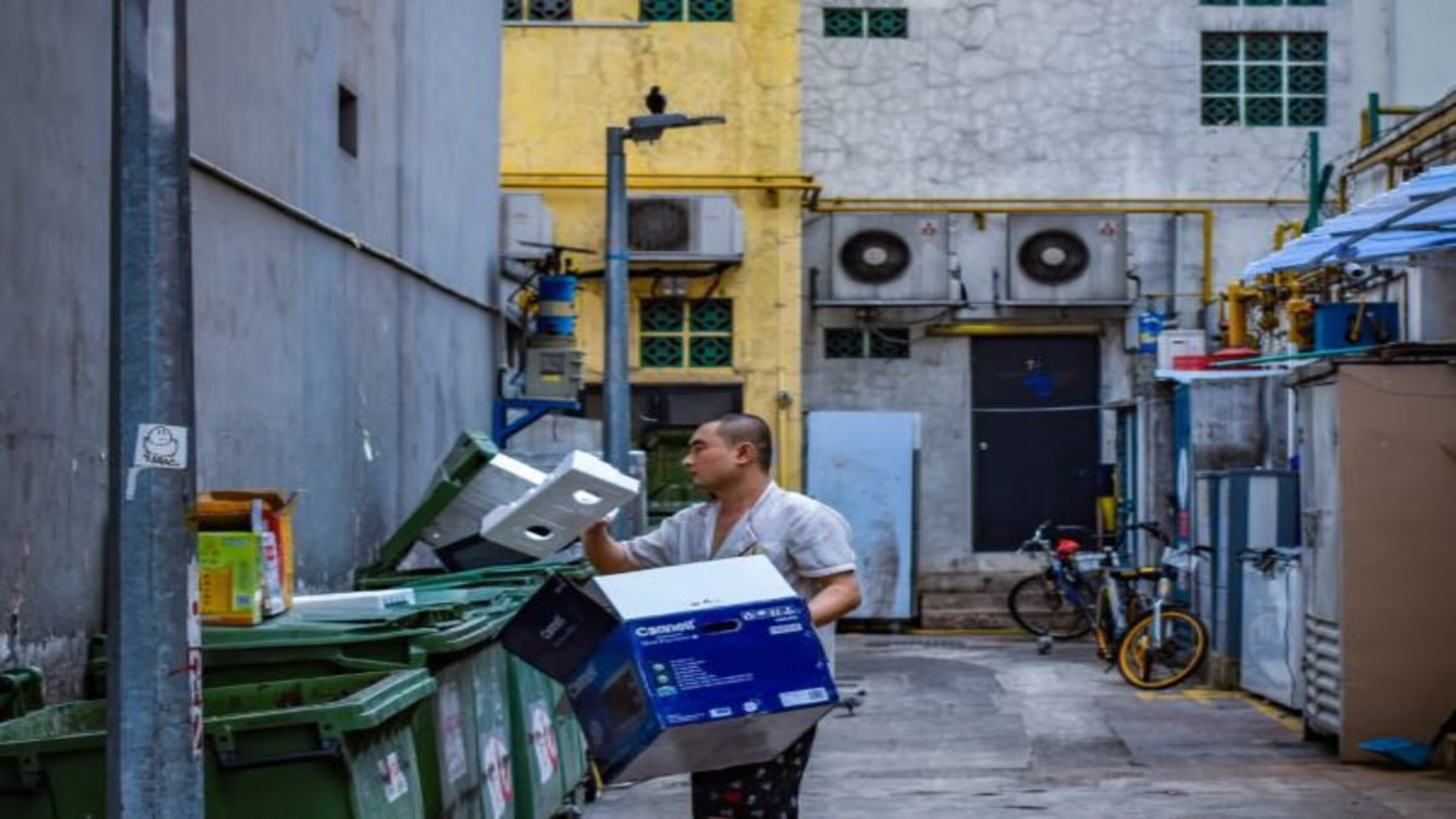

.avif)
